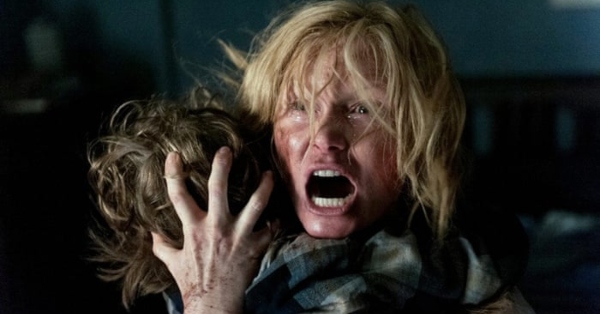There’s all manner of method to the madness in our selections of the scariest movie scenes ever. Some use high amounts of gore. Others deliver unnerving calm and quiet before shattering the senses. A few feature amazing monster makeup and effects. The one common thread between them all: They work. And work not just at producing a moment of fear, but sustaining that fear, sometimes for minutes on end, to drill deep into our psyche and staying there for decades. These are the stuff of nightmares, what we see when we close our eyes at night. These are the 29 scariest movie scenes of all time. Warning: spoilers abound!
What’s the scariest movie scene you’ve ever seen? Tell us in the comments.
























